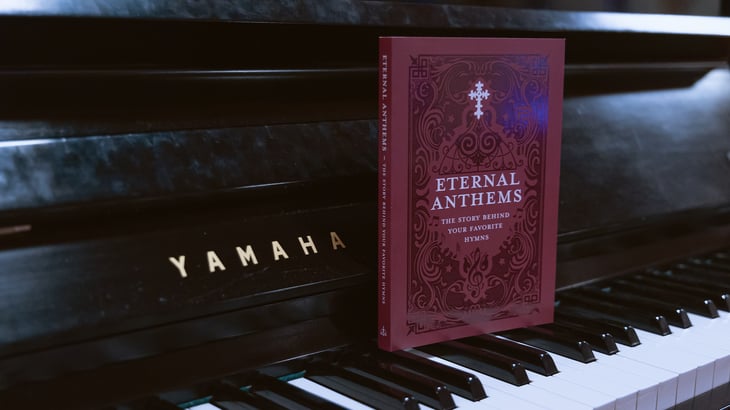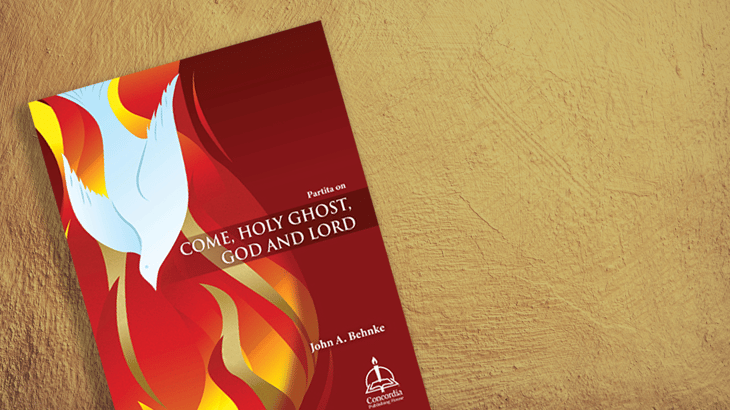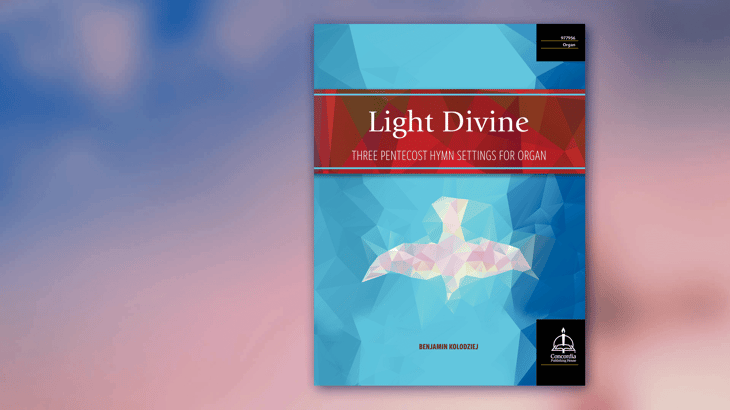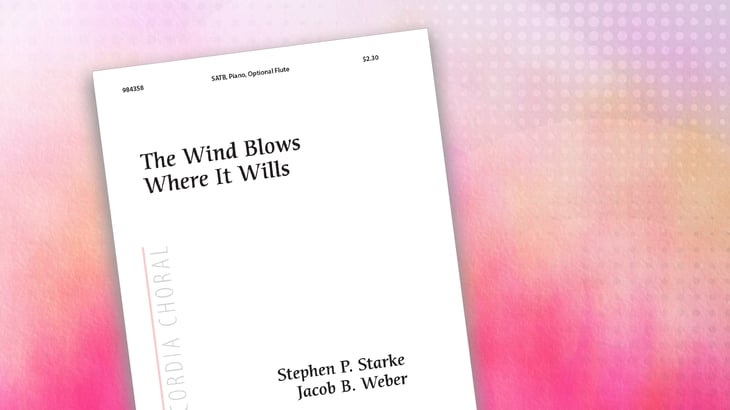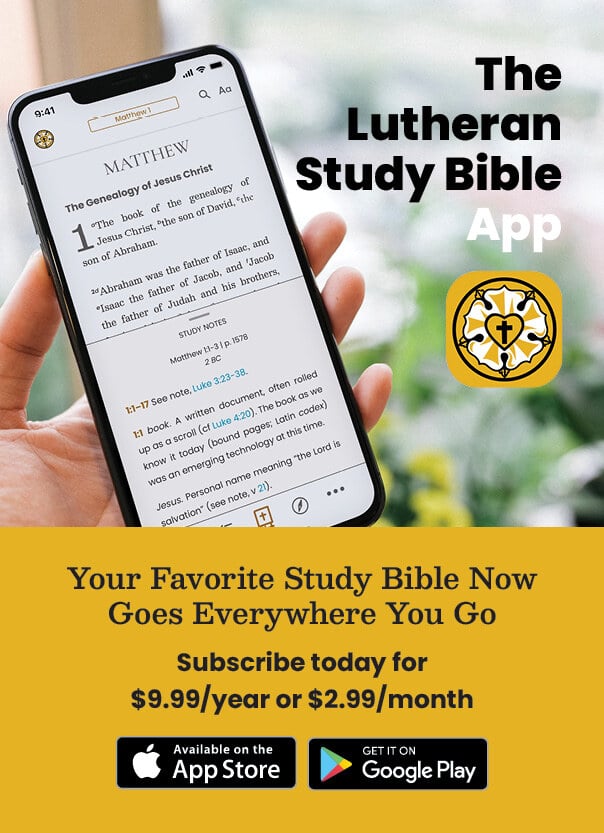The Story that Inspired “Come, Holy Ghost, God and Lord”
Pentecost hymns have been passed down for generations. Many of them have intricate and interesting histories to them, including that of “Come, Holy Ghost, God and Lord” found in Lutheran Service Book as hymn 497. Read this excerpt from Lutheran Service Book: Companion to the Hymns and Eternal Anthems: The Story Behind Your Favorite Hymns, Volume 1 to learn about one of Martin Luther’s Pentecost hymns and its origins.
Music of the Month: “Partita on Come, Holy Ghost, God and Lord”
John Behnke has composed a three-part partita on the hymn tune KOMM, HEILIGER GEIST, HERRE GOTT, a Reformation-era tune that accompanies Martin Luther’s Pentecost hymn “Come, Holy Ghost, God and Lord” (LSB 497). The partita contains three movements, one for each stanza of the hymn.
Music of the Month: Light Divine: Three Pentecost Hymn Settings for Organ
The Day of Pentecost marks the end of the season of Easter. The word “Pentecost” literally means “fifty,” as it falls fifty days after Easter Day.
On the Day of Pentecost, Jesus’ apostles were filled with the Holy Spirit and given the ability to speak in many languages, which they used to spread the Gospel to all people and cultures. The Day of Pentecost marks the beginning of the “Time of the Church” in the Church Year—that half of the Church Year where the paraments in the sanctuary remain green and God’s people hear, in more detail, about the works and ministry of Jesus.
Music of the Month: The Wind Blows Where It Wills
This year, May 31 is Pentecost Sunday, the day the Church celebrates the Holy Spirit coming to the disciples after Christ's resurrection and ascension. In preparation for the day and coming season of Pentecost, a new piece by Rev. Stephen P. Starke and Jacob B. Weber has been released. The piece includes a beautiful, lyrical melody and an optional flute part, which adds variety and structure to the tune.
On the Day of Pentecost, Jesus’ apostles were together in a house when a rush of wind from heaven filled the space. Then tongues of fire appeared above the apostles’ heads, and they were filled with the Holy Spirit. They went out to Jerusalem, speaking many different languages, and witnessed to people of all nations who were there (Acts 2:1–11).
Starke’s text is especially appropriate for the Day of Pentecost and the season following it as it reads:
